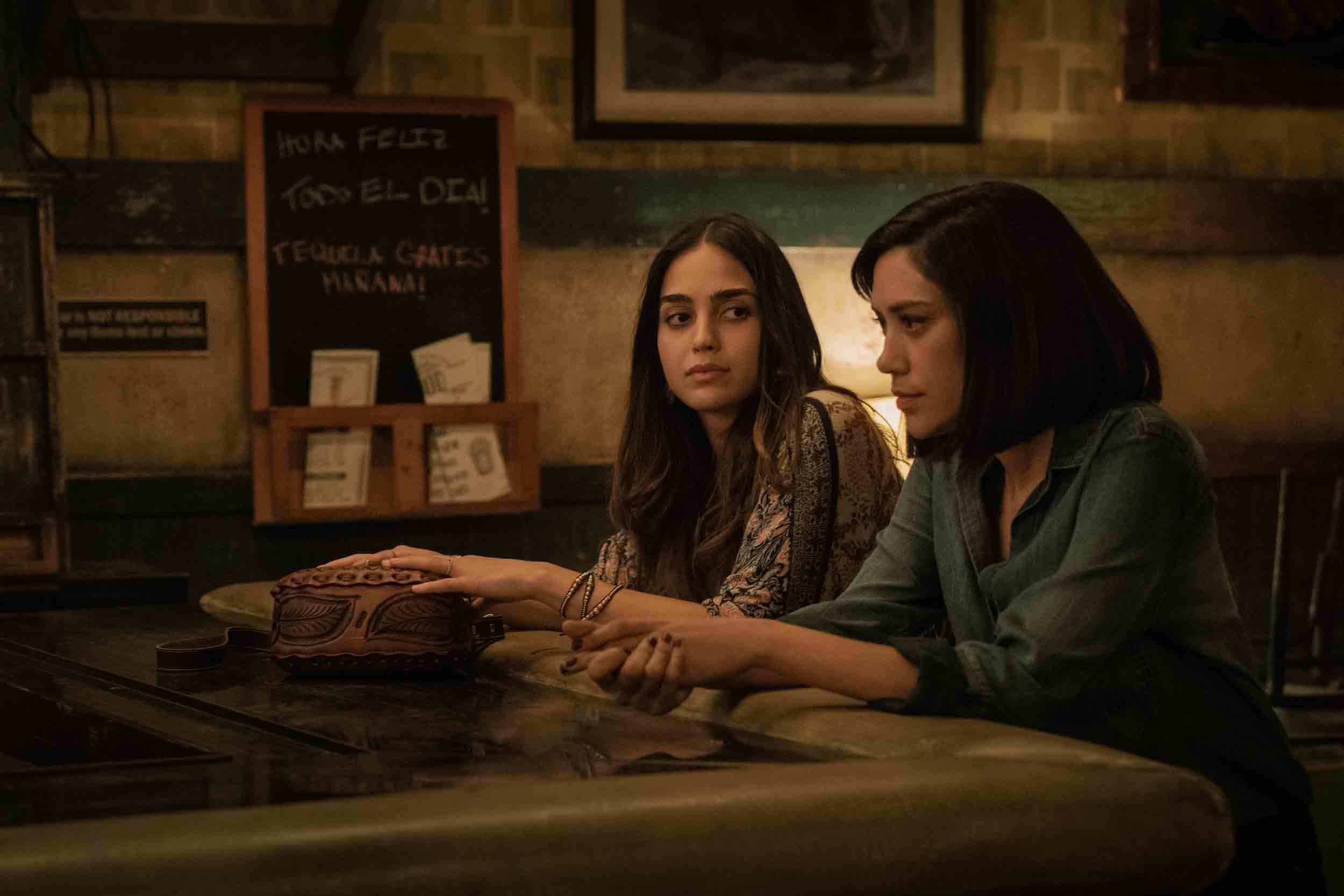Cracking the Code to Today’s Multicultural Audience

America’s multicultural audiences are on the leading edge of the tech adoption curve. From 2013 to 2018, Asian-American, Latino and African-American audiences have also been ahead of the streaming curve.
The average TV viewer spends 43% of their viewing time with live TV and 35% with streamed content. Latinx, black and Asian-American consumers split their time almost evenly, with about four in every 10 hours spent watching live content, another four in 10 on streaming and the rest on video-on-demand, digital video recorders or DVDs.
The explosion of streaming can be directly correlated to the growth in connected TV penetration. Multicultural households have always been ahead of this trend, which accounts for the correlation between the increased penetration of connected TVs and the decrease of about 11% of traditional multichannel penetration since 2014.
Interestingly, Latinx and Asians are less likely to show signs of cord-cutting, compared to white and African-American households. The research suggests this is due in part to the stickiness of in-language and in-cultural packages.
According to Horowitz Research’s findings:
• Half of the TV content viewers have a subscription to an SVOD service such as Netflix, Amazon’s Prime Video or Hulu.
• Fifteen percent of households subscribe to a virtual multichannel programming distributor (vMVPD).
• Hispanic, African-American and Asian- American households are more likely to experiment with a vMVPD.
A number of factors drive interest. These platforms come with tech-forward features: access across multiple devices and the same out-of-home/in-home experience, without cables or satellite equipment.
The smarter way to stay on top of broadcasting and cable industry. Sign up below
Historically, multicultural audiences are among the hungriest for content and need the most robust packages. That’s why multicultural households are more likely to be content omnivores — using all platforms, screens and services to manage their content needs.
Broadcast content, entertainment and news, still matters. Multicultural audiences are no different. Even millennials still care about broadcast content, as 71% of demo consumers said broadcast TV shows are important. But it’s original content on such streaming services as Netflix, Hulu and Prime Video that people think of first.
Better ‘Culturally Attuned’ Content
Data shows that investments in better content by Spanish-language networks such as Telemundo and services like Netflix have led to an increase in viewing of Spanish-language content among bilingual and even English-oriented Latinx. Almost nine in 10 bilingual consumers watch one to three hours of Spanish-language TV content, an increase of 26% since 2013.
Take the box-office successes of movies such as Black Panther, Crazy Rich Asians or Instructions Not Included. It should be no surprise that more than half of Latinos and Asian-Americans, and two in three African-American respondents, told us that they would make an effort to check out a show that features a character or cast that looks like them.
Fifty percent said ads during streamed shows are effective. In today’s personalized environment, social media, especially organic social-media relationships, are critical. It’s about being everywhere your customer is.
Among multicultural millennials, social-media usage is fragmented, with Instagram quickly catching Facebook. Sixty-two percent of Latino millennials use Facebook daily; 54% use Instagram. Among African-Americans, 54% use Facebook and 49% Instagram; among Asians, usage rates are 62% for Facebook and 55% for Instagram.
One way to build a meaningful connection with multicultural audiences is to acknowledge your customer. Almost six in 10 Latino and African-American consumers, and half of Asian-Americans, said it’s appealing when a brand creates advertising that features people of different cultures, races, ethnicities, sexualities or lifestyles.
Especially for multicultural millennials, it is important to build relationships with dialogue. Audiences expect to engage with brands one on one, which is why almost two in three Latinx, half of African-American and Asian-Americas millennials and four in 10 white millennials said it is appealing when a brand creates an ad campaign they can participate in via hashtags, comments, photos, videos or experiences.
A growing part of the consideration set of multicultural millennials is what your brand stands for. Thirty-eight percent of white, 40% of Latino, 42% of black and 42% of Asian millennials said that when a company has values that match theirs, it has a positive impact on their likelihood to buy. The bottom line — as Nike just experienced — is, don’t be afraid to take a stand. Knowing what matters to your audience and showing solidarity can have a very positive impact on ROI.
Cracking the Code
In our increasingly fragmented market, how can brands spend their money most effectively? What will drive ROI? When it comes to new technology, understand that it’s not just a fragmented media world, it’s a completely transformed media ecosystem fundamentally changing the way people discover, interact with and feel about the content and advertising they consume. So be bold.
It’s time for marketers to reset their expectations. Maybe we can begin to reimagine a world in which we predicate success on a new set of metrics, beyond eyeballs, like engagement that leads to brand loyalty, even if it might be with a smaller audience. With that freedom, we become more able to take risks and lean into delivering edgier content that multicultural millennial audiences crave.
Adriana Waterston is senior VP of insights and strategy at Horowitz Research (www.horowitzresearch.com), where she oversees millennial, multicultural and Latino research endeavors.
